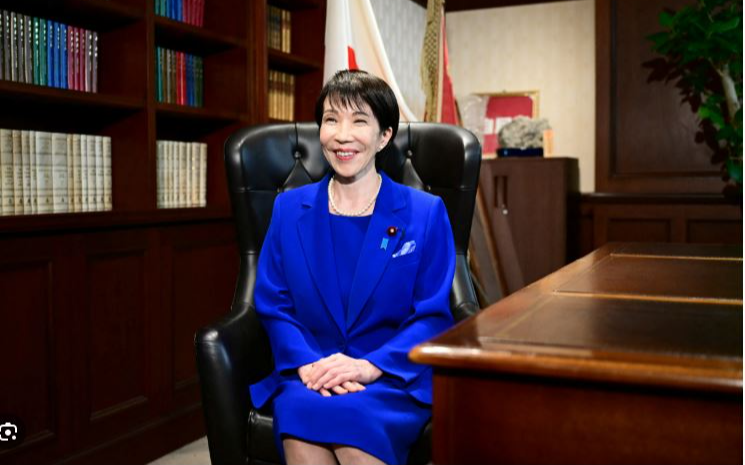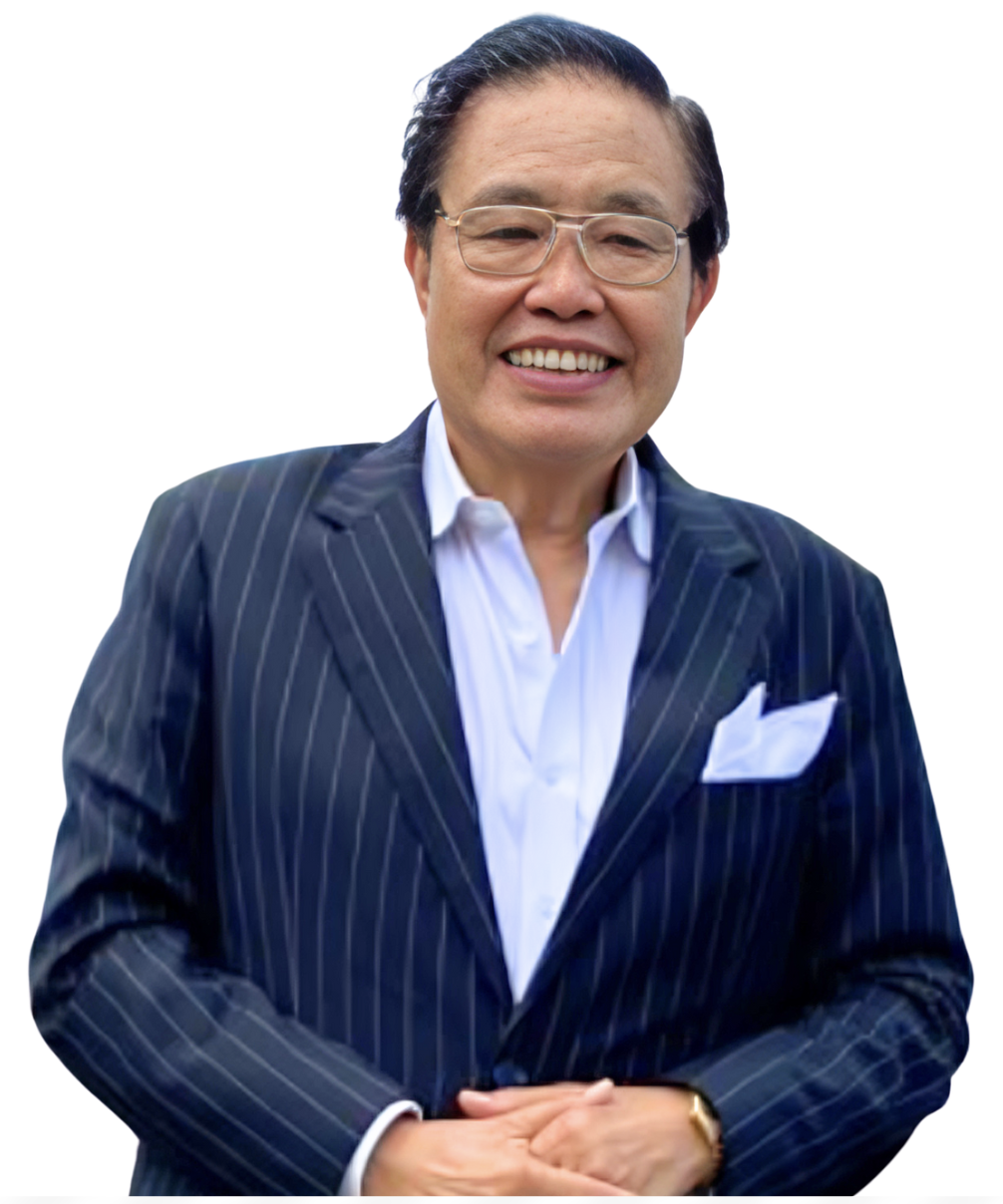高市早苗:日本首位女首相的诞生与挑战

高市早苗:日本首位女首相的诞生与挑战
2025年10月,日本政坛迎来歷史性的一刻。自由民主党(LD
一、从奈良走出的“铁娘子”
高市早苗出生於1961年,来自奈良县一个普通家庭。她毕业於神
她在歷届内阁中曾多次出任要职,包括总务大臣、经济安全保障大臣
二、歷史的突破:女性终於登上权力巔峰
自战后日本建立民主制度以来,从未有女性登上首相之位。儘管在地
日本政坛的派系结构、家族政治、以及深层的性别文化,使女性难以
高市早苗能在这样的环境中脱颖而出,无疑代表着时代的一种转折。
然而,这份突破并非全然的胜利。许多观察家指出,她的成功更多来
三、政治信念与争议并存
高市早苗的政治立场鲜明:她主张修宪、强化国防、提升日本在国际
在社会议题上,她却属於典型的传统派人物。她反对同性婚姻,反对
此外,她过去的一些公开言论曾引发争议,被批评為民族主义色彩浓
四、前路挑战:权力的考验与社会的期待
高市早苗的领导之路并不平坦。儘管她已成為自民党总裁,但要正式
此外,日本社会对女性领导者的期待与审视往往更為严苛。她将面对
若能成功带领日本走出经济停滞与外交不确定性,高市早苗将不仅是
五、结语:歷史的一步,未完的旅程
高市早苗的崛起,标誌着日本女性政治参与的歷史新页。她的成功,
她或许不是完美的答案,但她的出现,让这个问题重新被日本社会认
当一个女人终於能成為日本首相,这个国家是否也準备好迎接真正的
Sanae Takaichi: The Rise and Challenge of Japan’s First Female Prime Minister
In October 2025, Japan reached a historic turning point. The ruling Liberal Democratic Party (LDP) elected Sanae Takaichi as its new leader — the first woman ever to head the party. Her victory not only shattered a long-standing political glass ceiling but also positioned her to become Japan’s first female prime minister, a milestone many believed would never come.
⸻
1. From Nara to Nagatachō: The Making of a “Japanese Iron Lady”
Born in 1961 in Nara Prefecture, Takaichi grew up far from Tokyo’s political circles. After graduating from Kobe University with a degree in commerce, she began her career in media and politics, before winning her first seat in Japan’s House of Representatives in 1993.
Over the years, she has earned a reputation as a tough, disciplined, and ideologically consistent conservative — qualities that helped her navigate Japan’s male-dominated political establishment.
Takaichi served in several cabinet positions, including Minister for Internal Affairs and Communications and Minister of State for Economic Security, under the late former Prime Minister Shinzo Abe, who became her mentor and political patron. Admired by supporters for her strong will and leadership, she is often dubbed “Japan’s Iron Lady,” echoing the image of Britain’s Margaret Thatcher — a figure she openly cites as an inspiration.
⸻
2. A Historic Breakthrough for Women in Japanese Politics
Since World War II, Japan has never had a female prime minister. Although women have gradually increased their presence in local governments and cabinet roles, the country’s top political position has remained out of reach.
Deeply entrenched political factions, family-based political dynasties, and conservative social attitudes have kept women at the periphery of power. Even within the LDP, women account for less than 10% of lawmakers — a stark reminder of the gender gap that persists in Japanese politics.
Takaichi’s ascent is, therefore, both a political and symbolic breakthrough. Her leadership represents not only the persistence of one woman but also a broader shift in Japan’s perception of who can lead.
Yet analysts caution against overinterpreting this as a triumph of gender equality. Her rise is also a product of internal party deals and factional alignment — a reflection of political pragmatism rather than a pure victory for feminist reform.
⸻
3. Beliefs and Controversies: A Conservative Vision
Ideologically, Takaichi is firmly rooted in the conservative wing of Japanese politics. She advocates for constitutional revision, strengthening Japan’s self-defense capabilities, and reinforcing the U.S.–Japan alliance while taking a hardline stance toward China and North Korea.
On social issues, however, she holds traditional views. She opposes same-sex marriage and the proposal to allow married couples to use separate surnames — positions that resonate with Japan’s conservative base but alienate many younger and liberal voters.
Her outspoken nationalism and visits to the controversial Yasukuni Shrine have sparked criticism at home and abroad, and her comments on historical and cultural issues have sometimes stirred controversy.
Nevertheless, to her supporters, she embodies integrity, conviction, and the courage to defend Japan’s interests without apology — qualities they believe Japan needs amid growing global uncertainty.
⸻
4. Challenges Ahead: Between Expectation and Reality
Despite her historic achievement, Takaichi’s path forward is uncertain. To officially become prime minister, she must still secure majority support in Japan’s parliament. If her coalition falters or opposition forces unite, her premiership could face immediate obstacles.
Beyond parliamentary arithmetic, she must navigate the immense expectations placed upon her. As Japan’s first female leader, every decision she makes will be scrutinized — not just politically, but symbolically. She will be expected to prove that a woman can govern Japan with authority, decisiveness, and vision.
Takaichi’s leadership will be tested on multiple fronts: reviving Japan’s stagnant economy, maintaining stability amid shifting geopolitics, and bridging the divide between conservative tradition and a changing society.
If she succeeds, she could redefine Japan’s political landscape and inspire a new generation of women to pursue leadership. But if her administration falters, critics may use her failure to justify old stereotypes — that Japan “was not ready” for a female prime minister.
⸻
5. Conclusion: A Step Forward, But Not the End of the Journey
Sanae Takaichi’s rise marks a new chapter in Japanese history. For the first time, a woman stands at the threshold of Japan’s highest office — a moment that gives hope to those who dream of a more inclusive political future.
Yet true gender equality in Japan will require more than one breakthrough. It will demand sustained institutional reform, cultural change, and a redefinition of leadership itself.
Takaichi may not represent every ideal of progressivism, but her ascent forces Japan to confront a long-avoided question:
When a woman finally leads Japan, will the nation itself be ready to change?






























